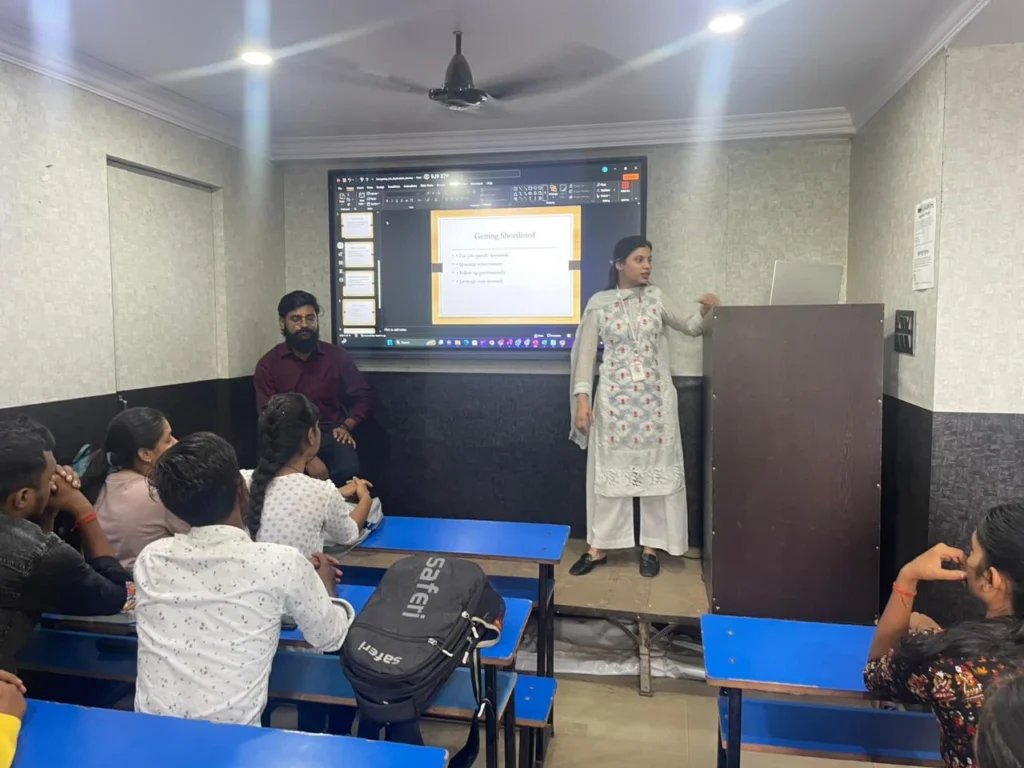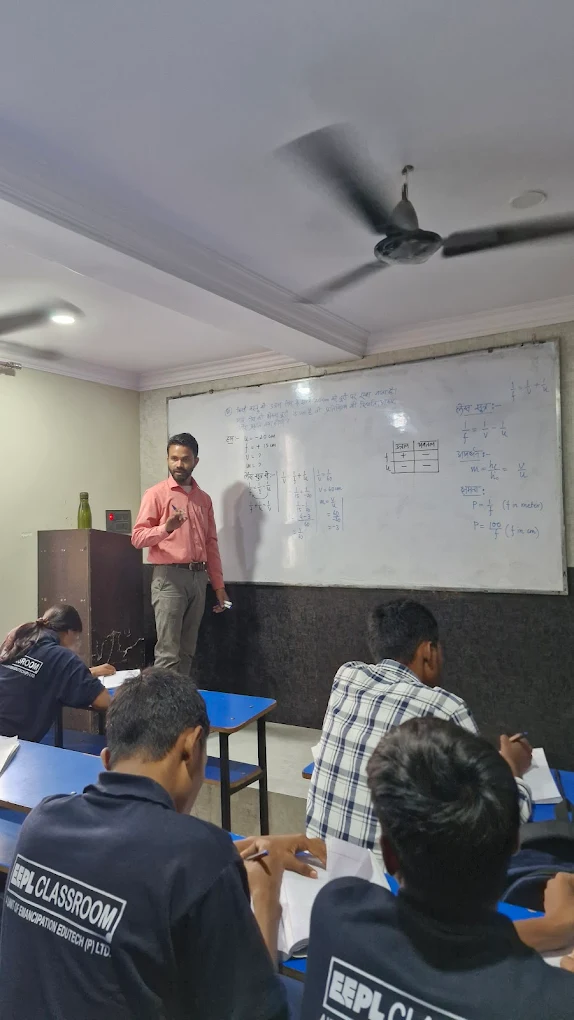How to Choose the Best Python Centre Near Me: A Complete Guide to Emancipation IT Training
In a world where technology evolves daily, Python has quickly risen to become one of the most important programming languages for both beginners and professionals. Whether you want a career in data science, web development, automation, AI, cybersecurity, or software engineering, Python opens the door to countless opportunities. One of the most common queries learners search online is “Python centre near me.” This search reflects the growing demand for reliable, practical, and job-oriented training. Among the emerging institutes, Emancipation IT Training Centres have gained attention for their modern teaching style and industry-focused approach. If you’ve been repeatedly typing “Python centre near me” into your search bar but still feel uncertain about which institute to choose, this guide will help you understand what to look for and why Emancipation IT Training Centres stand out. Why So Many Learners Search for a Python Centre Near Me Python’s popularity is not accidental. It is known for its simple syntax, high versatility, and ability to support multiple fields. Whether you are a student, working professional, or career changer, Python offers a smooth entry into the tech world. This is why people search for a Python centre near me—they want training that is accessible, practical, and aligned with real industry needs. Searching for a Python centre near me also reflects the desire for in-person or hybrid learning. Many learners prefer the guidance of expert trainers, structured schedules, and access to labs or real-time project support. What Makes Emancipation IT Training Centres Different? When choosing a Python centre near me, several factors matter—curriculum, trainers, support, and teaching methodology. Here is how Emancipation excels in each area: 1. Updated and Industry-Relevant Curriculum Emancipation consistently updates its syllabus to match the rapidly changing tech landscape. Rather than offering outdated theory, the centre ensures students work with real-world tools and modern practices. This is an essential requirement when choosing a Python centre near me because employers expect job-ready skills. 2. Experienced Faculty with Real Projects Learning from working professionals makes a difference. Trainers at Emancipation are active in the industry, which helps them share real challenges and insights. Anyone searching for a Python centre near me should always check the experience level of trainers, as this directly affects learning quality. 3. Practical and Project-Based Learning Python can only be mastered through hands-on practice. At Emancipation, each student works on real applications such as automation scripts, data analysis tasks, dashboards, and basic AI modules. If you want a Python centre near me that truly prepares you for the job market, practical project work is a must. 4. Flexible Batch Timings One reason people search for a Python centre near me is convenience. Emancipation provides weekday, weekend, and online batches to suit different lifestyles, particularly for working professionals or students with tight schedules. 5. Career Guidance and Placement Support From resume building to interview training and job referrals, Emancipation supports students even after the course ends. This is an important factor when deciding on a Python centre near me, as the goal is not just learning but career development. How to Evaluate the Best Python Centre Near Me Before enrolling, students should evaluate the following points: When students search for a Python centre near me, they usually want a centre that not only teaches Python but also prepares them for a long-term career. Emancipation IT Training Centres consistently meet these expectations. Who Should Enroll in a Python Course? One of Python’s biggest strengths is its simplicity, making it ideal for: No prior coding knowledge is required, which is why people across all backgrounds search for a Python centre near me to start their learning journey. Final Thoughts If you’re searching for a Python centre near me, Emancipation IT Training Centres offer an excellent learning environment, updated curriculum, practical training, and strong career support. Python continues to shape the future of technology, and the right training centre can help you build a strong foundation for long-term success. So the next time you type “Python centre near me”, keep in mind the factors that truly matter—and consider a place that focuses on real skills, real projects, and real opportunities.










